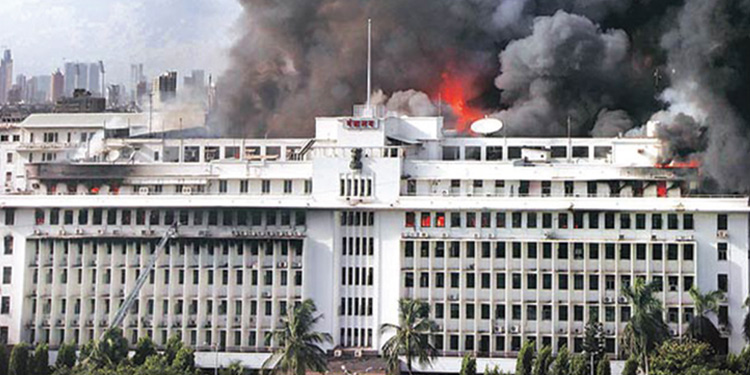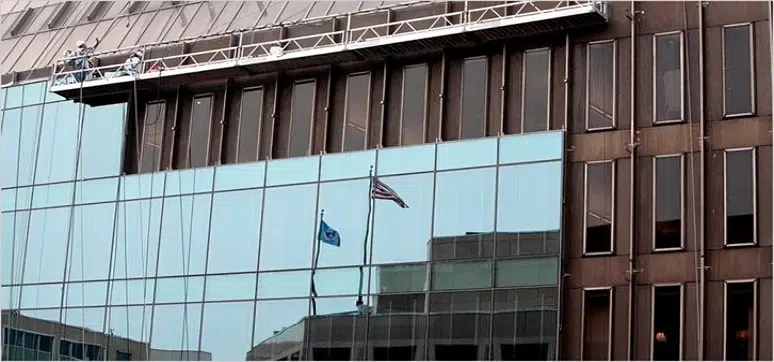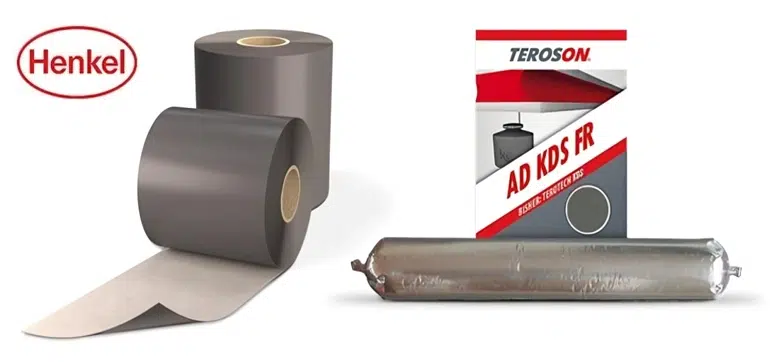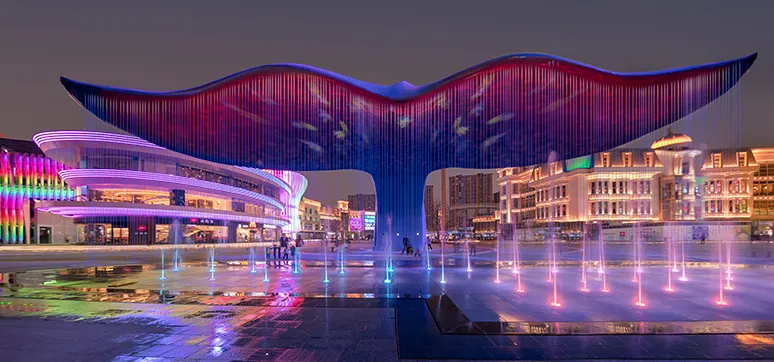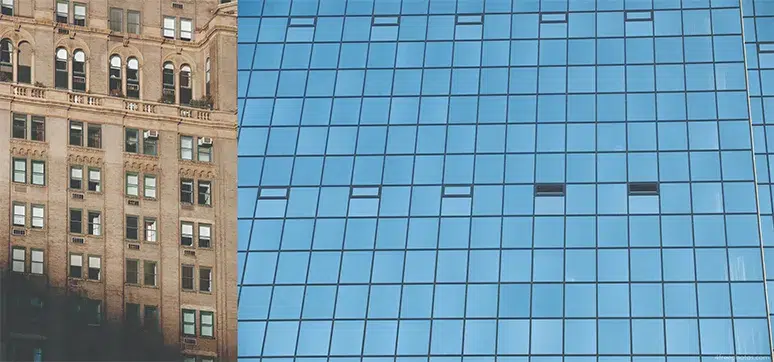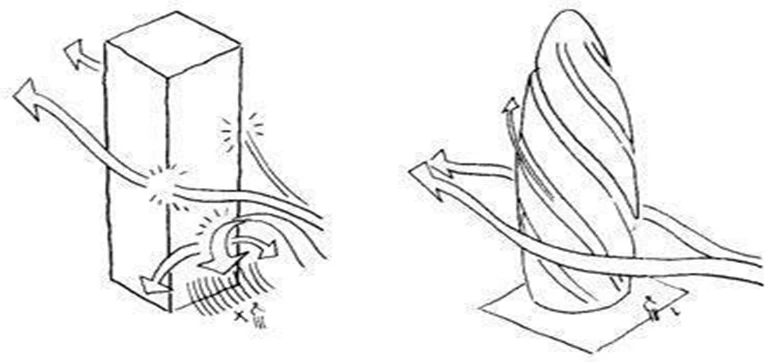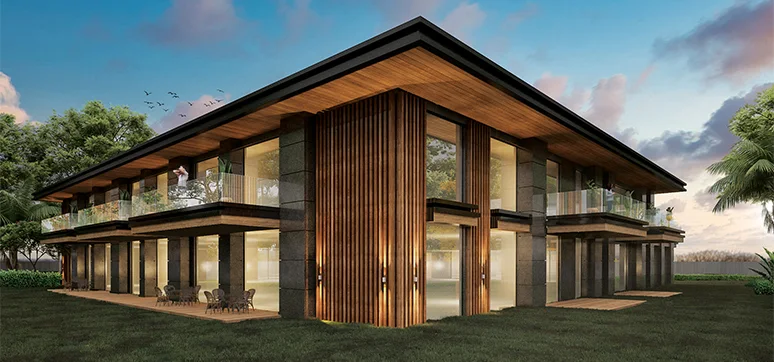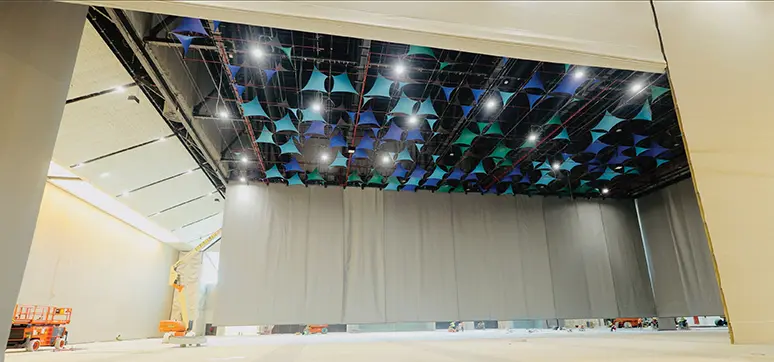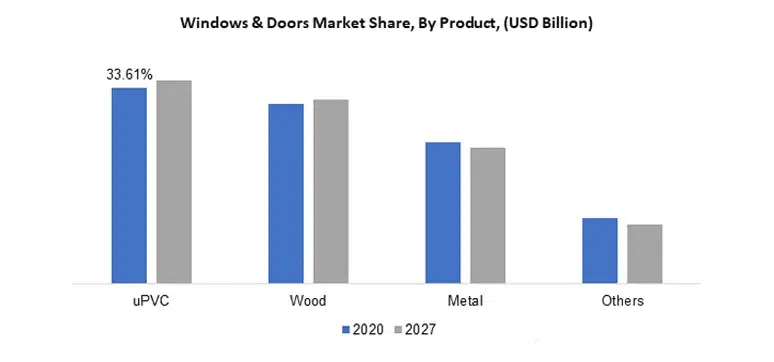Passive Fire Protection – Saving Lives
By:
The possibility of a fire in a tall building is always an emotive subject as the potential for loss of life is that much higher. There is a long history of fatal fires in tall buildings dating back well over 60 years. In 1946 a fire in the Winecoff Hotel, Atlanta GA cost 119 lives, many as a result of jumping. Other notable disaster such as the Joelma Building¹ in São Paulo, Brazil (179 deaths), Hotel Dupont Plaza¹ in San Juan, Puerto Rico (97 deaths) and the Garley Building¹ in Hong Kong (41 deaths) have made those responsible for building codes and regulations around the world sit up and take note. India has also suffered its fair share of high rise fires.
Mantralaya is the administrative headquarters of the state government of Maharashtra in South Mumbai and in 2012 a faulty electrical circuit led to a fire in the 7 storey office block that killed 5 people and injured more than 20. A major blaze broke out on the 21st floor of Lotus Business Park in Mumbai in 2014 and 21 firemen were stranded on the rooftop for several hours before finally being rescued. One fireman unfortunately lost his life and the incident led to charges of negligence being levied against the owners, developers, occupiers, secretary, chairman and manager of the building. Another Mumbai tragedy occurred in June 2013. 4 people were killed and 13 seriously injured when fire swept through the 14 storey IndusIand Bank building. The most common cause of death in a fire is though smoke inhalation rather than the flames themselves. Suffocation from smoke and noxious gasses account for more than 80 per cent of fatalities. Smoke travels at up to 130 metres every minute and whilst most people can easily move at this rate in normal circumstances, the majority of survivors of fires stated that smoke restricted their ability to see to no more than 4 metres.
The majority of fatalities happen to people who were not in the room where the fire originated. In 1996 a fie in Dusseldorf airport² terminal building led to 7 people dying from the inhalation of noxious gasses. They were all in a VIP lounge some 400 metres from the seat of the fie and were not even aware that the fire had occurred. The smoke had travelled along ventilation ducts from the terminal to the lounge. In all, 17 people died in the airport fire. A key area of concern when it comes to fire and smoke
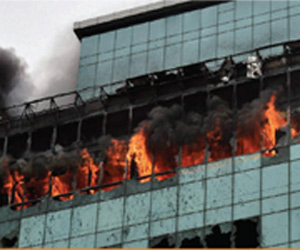
spread is the gap maintained between a building slab edge and a façade designed to accommodate the movement of the structure. The perimeter barrier firestop systems required in cladding systems vary dependant on the façade type. In a curtain wall system the perimeter barrier sits behind the façade, between the edge of the building slab and the façade itself. Its purpose is to act as a continuation of the floor slab right up to the façade whilst allowing for dynamic movement that can be caused by a number of differing factors.
Typically the taller the building, the more movement will need to be accommodated. The installation of a perimeter barrier that cannot cope with the continual stresses imposed by positive and negative wind loads will eventually lead to a breakdown in the fire compartmentation measures designed to prevent the passage of flames and noxious gasses from one floor to the next. The use of incorrect materials such as glass wool being used as firestops can also lead to unnecessary fire spread. Glass wool has a melting point of 680° and so will not perform when an average fire reaches the peak temperatures of between 900° and 1200°.
Sprinklers are a vital component in restricting fires in tall buildings. However, they should not be seen as an alternative to adequate passive fire protection measures. Sprinklers often fail to fully extinguish a fire but will stop breakout through glazing components. In these circumstances, a rapid increase in pressure occurs and smoke is then forced under pressure through any gaps. The passive firestops tend to be even more critical in protecting lives and property in these circumstances.
So what are the Key Considerations when Designing the Perimeter Barrier and Firestop Requirement?
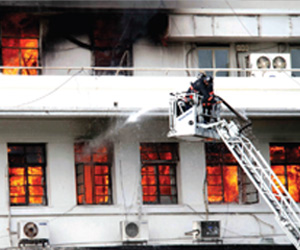
The product should be tested to a recognised test standard to not only prove its ability to prevent the spread of flame but also its performance with regards to resisting a rise in temperature on the non fire side. All products should be capable of equal fire insulation and integrity ratings. These will normally be 120 minutes.
The product should be installed under compression and must have test evidence to show that it is capable of accommodating movement of a façade. It is imperative that the installed seal is able to function effectively with due regard to all designed movement serviceability limits. Curtain walling and cladding façade systems will deflect due to positive and negative wind loads as well as occupational live loads. These criteria are covered by EN 13116:2001. Typically, a project may stipulate that the curtain walling system may have the following allowable deflection limits:
Under the declared wind loads the maximum frontal deflection of the curtain walling’s framing members shall not exceed L/200 or 15mm, whichever is lesser, when measured between the points of support or anchorage to the building’s structure in compliance with EN 13116. [Extract from EN
13830]
These factors may inevitably combine to preclude the suitability and therefore, use of certain systems e.g. high density material slab products.
Perimeter barriers must be installed to provide horizontal compartmentation at every floor level. Vertical cavity barriers should be provided as a minimum to fall in line with any compartment wall and more frequently if dictated by the fire strategy of the building.
Products should be fitted tightly around all bracketry to restrict the passage of smoke. Where there is potential for gaps, the product must be sealed with a sealant that carries the same fire insulation and integrity rating as the perimeter barrier.
All installations should be in accordance with manufacturers’ instructions and where fixing brackets are required these should be fitted and spaced in accordance with a certified fire test report.
Products used for fire safety installation should carry an independent third party certification in order to ensure that the product supplied is the same as that tested.
The gap between the slab edge and the façade is often a weak point acoustically. Any products used to improve the acoustic performance must not contribute to the fire load or inhibit the performance of the perimeter barrier.
Whilst specifying the correct product is vital, it is also important to put emphasis on the quality of installation. Always make sure that any contractor employed in installing life safety measures such as perimeter barriers and firestops has had adequate training on the particular manufacturer’s product and is qualified to install it. Well designed and installed systems can same many lives and protect businesses and property.
Top Stories
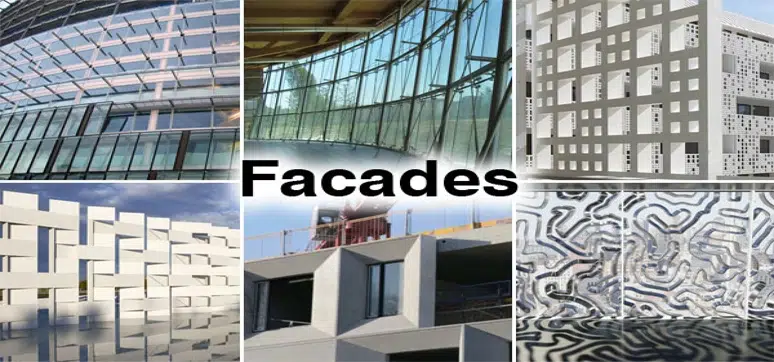
Façade Systems Market Size is Estimated to Reach USD 398.8 Billion by 2029
By: Abdul | April 16, 2024

Improving Sustainability Alongside Fire Safety – Can We Deliver?
By: Abdul | April 16, 2024
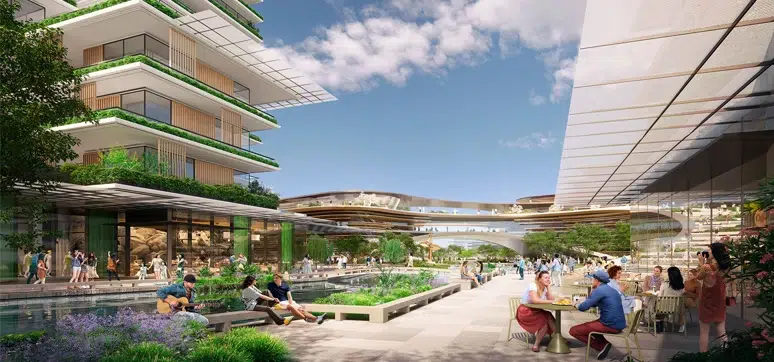
Foster + Partners Wins the Competition the New Xicen Science & Technology Centre
By: Abdul | April 9, 2024

A Symbol of Architectural Brilliance & Cultural Significance
By: Abdul | April 8, 2024

